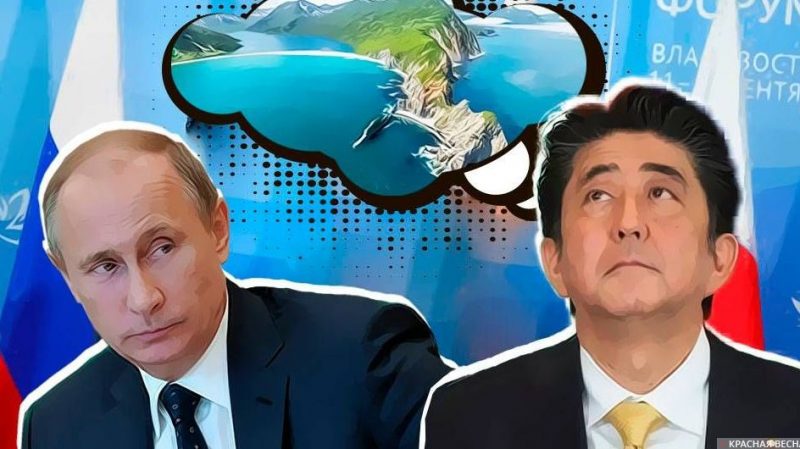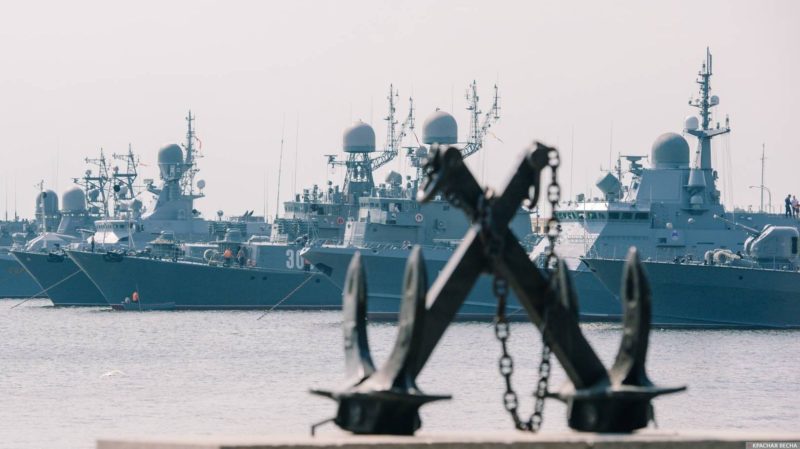02.07.2019, Osaka.
The organizers of the G20 Osaka summit marked the four South Kuril Islands as Japanese in the official promo video.
Videos with a map of Japan where the four South Kuril Islands are portrayed as part of Japan were posted at various sites of the G20 summit, as well as on the Japanese Prime Minister’s social network pages.
Traditionally, Japan marks these islands as its own on its maps. The Russian Ministry of Foreign Affairs does not support this position, and it always voices protest in response.
The Russian jurisdiction over the three South Kuril Islands: Iturup, Kunashir, Shikotan, and the Habomai island group, has been disputed by Japan since 1956. They were ceded to the USSR after the end of the WWII in January 1946. However, Japan did not recognize the decision made by the commander-in-chief of the Allied Forces, and the Decree of the Supreme Soviet of the Soviet Union, which followed later in February, and which legitimized the transfer of the islands to the USSR. Japan’s claims to the seceded territories after its capitulation led to the USSR’s refusal to sign a peace treaty in 1951.
In 1956, the USSR offered Japan to sign a declaration in which the issue of transferring the two islands of Habomai and Shikotan would be linked to signing of a peace treaty between the two countries. However, Japan rejected this option, insisting on the return of all four islands.
The USSR refused to further discuss the issue of returning the islands after the signing the Security Treaty between the United States and Japan in 1960, which extended the stay of the US military bases on its territory. Since then, the positions of Japan, the USSR and the Russian Federation as the legal successor of the Soviet Union, have not changed despite ongoing negotiations over islands’ affiliation. No peace treaty has been signed to date.
Editorial comment
It is important to note that the territorial dispute between the USSR and Japan came about largely due to the efforts of the US, which refused to recognize the Soviet jurisdiction over the islands in the final official treaty documents after the defeat of Japan in WWII. Later, the US openly pressured the Japanese authorities to prevent a settlement deal in accordance with the compromise option of transferring two of the four islands to Japan in 1956.
Source: Rossa Primavera News Agency




